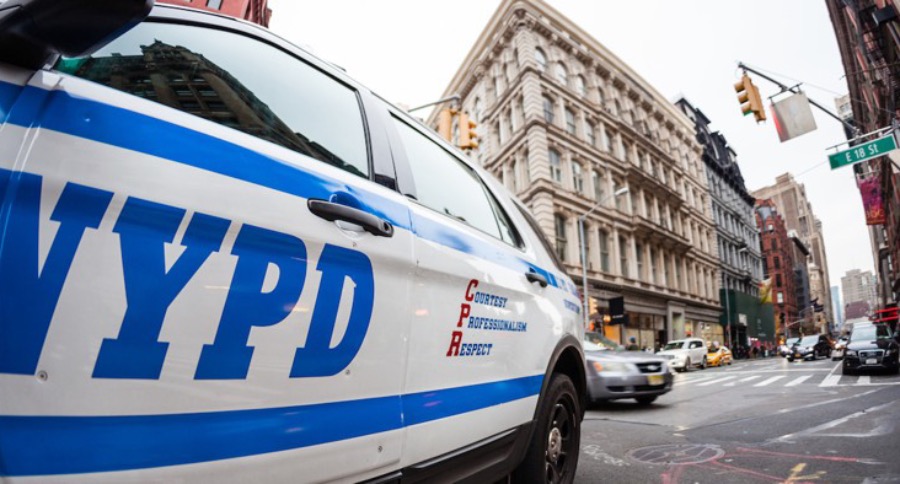
New York City is introducing robots and GPS trackers into its crime-fighting portfolio.
Mayor Eric Adams previewed the pilot technologies: the K5 autonomous security robot from Knightscope and the Starchase GPS attachment system. The Boston Dynamics DigiDog, which had been piloted and paused by the previous administration after community pushback, will be reintroduced.
Tests and use of the technology will be transparent, city officials said, and designed to protect members of the public and New York Police Department officers in emergencies and counterterrorism incidents.
The K5 is a 5-foot, nearly 300-pound rolling robot that travels at 3 mph, scanning its indoor or outdoor environment with high-definition and thermal cameras. It uses lidar and sonar to navigate and features a strobe light, microphone, speaker, horn and 4G LTE cellular connectivity. It can be used for autonomous detection of people in restricted areas, automatic signal detection of approved, denied and unknown MAC addresses as well as license plate recognition to monitor for vehicles approved or denied parking.
The six-month pilot is expected to start this summer, with the robot initially deployed in Times Square or the subway station, NYPD Chief of Department Jeffrey Maddrey said in an April 11 announcement.
“Like a Roomba robot vacuum, the path of the robot is set by our members,” he said. It travels along a predetermined path until it's deactivated. When the robot starts running out of energy it returns to its docking station to refuel and then heads back out on patrol. “This K5 robot provides real-time situational awareness and actionable intelligence to first responders and also provides a physical crime deterrence,” he said.
The Starchase GPS tracking system is designed to mitigate high speed chases where suspects are attempting to flee stops.
The device allows law enforcement to attach a GPS tracker to a fleeting vehicle. It comes in a handheld or a vehicle-mounted version that discharges a GPS-enabled projectile that attaches to the vehicle.
Being able to track a suspect from a distance will cut down on high speed chases, protecting both officers and the public.
“It's a brilliant way of not putting police officers in danger, civilians in danger, and apprehend those who are responsible,” Adams said.
